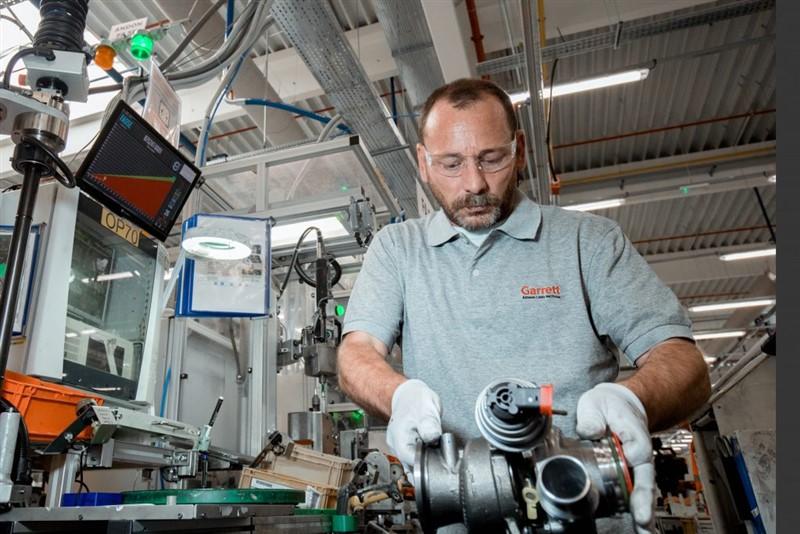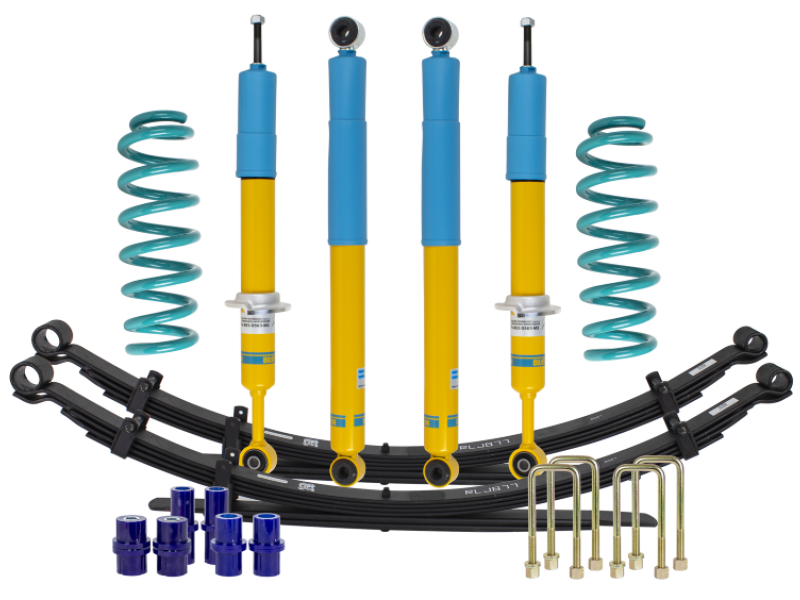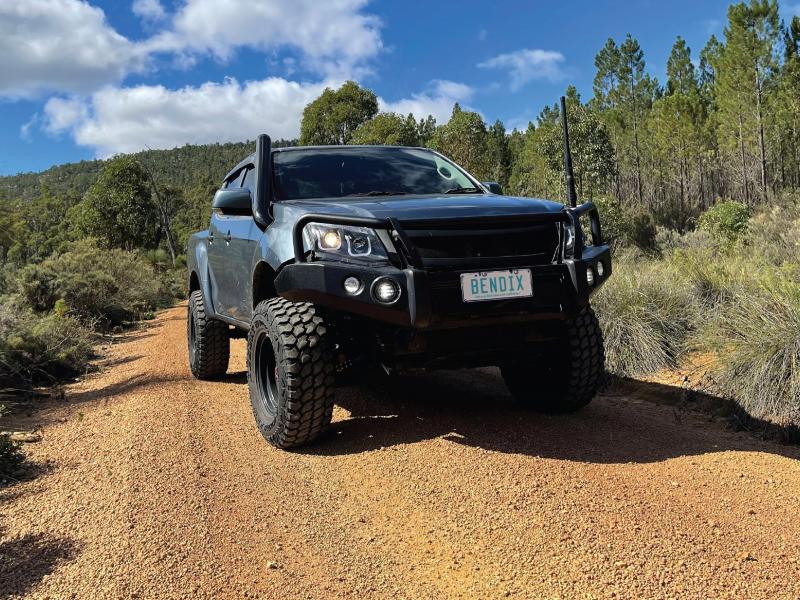Gain valuable technical knowledge with Installer Connect via turbo specialist Garrett’s free training website.
With turbochargers becoming the norm on most vehicles, now is the time to be trained on the correct procedures for turbo diagnostics and replacement.
The path to gaining recognition as a Garrett Turbo Installer starts on our free training website “Installer Connect”.
The tips from our experts will get you on track to achieving the Garrett Advancing Motion recognition. Currently there are now four levels of certification with a bonus racing level and a further fifth level to be added.
Each level will give you more in-depth expertise about turbos, from what a turbo is to internal parts and functions and various troubleshooting conditions. You can proceed to the next level after you pass an exam to test your knowledge.
Learn how to diagnose turbo failure
Before replacing a turbocharger, it is important to conduct a thorough diagnostic check of the engine systems and find the root cause of the vehicle’s problems. A lack of power, noisy operation, excessive smoke or oil consumption could result from a faulty fuel injection system, restricted or blocked air filter, a damaged exhaust system or a lubrication problem.
Also, check engine crankcase pressure. A higher than normal reading can be caused by piston bypass or blocked breather system, and this requires your immediate attention.
First steps
Preliminary steps before replacing a turbo
1. Question the customer on failure symptoms.
2. Check the vehicle intervention and repair history.
3. Run the vehicle to reproduce claim
4. Run the diagnostic equipment. as recommended by the car manufacturer; this will allow to read the error codes of the Engine Control Unit and indicate in which direction to look for the problem.
If the diagnostic check does not uncover any obvious cause, make sure that an extensive trouble shooting analysis is completed on key areas such as foreign objects, lack of lubrication, oil contamination, over-speeding of the turbo and excessive temperature.
Cause and effect
This is important because turbo damage can often be a symptom of an underlying problem rather than the cause itself. Do not diagnose turbocharger failure by turbo replacement as this can be very costly as the replacement turbocharger could be destroyed in seconds if the root cause is not found and rectified.
Because?
Because the number one cause of turbo failure on a new or worn turbo is oil contamination.
For more technical information, or to get started on your Garrett Advancing Motion certification today go to www.garrettmotion.com and click on the turbo replacement tab to get you to Installer Connect.






